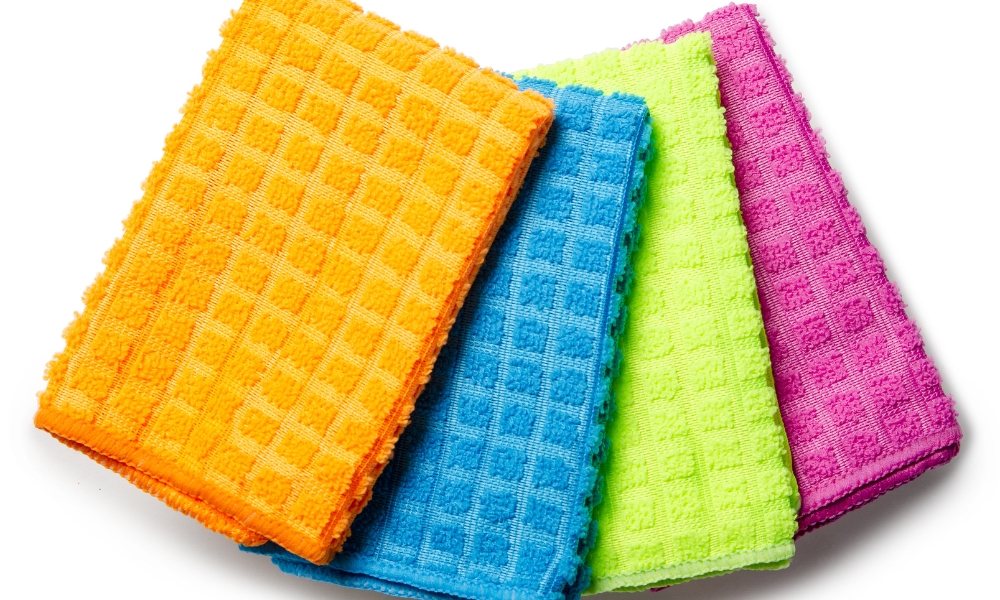Creating your own kitchen towels can be a fun and rewarding DIY project. Learning how to make towels not only allows you to customize them to your liking but also helps you save money. Whether you are a seasoned sewer or just starting, this guide will provide you with easy-to-follow steps and tips to craft durable and attractive towels. From selecting the right fabric to adding personalized touches, making It at home is an enjoyable way to enhance your kitchen decor while being practical. Dive into this guide and discover the joy of crafting your own kitchen essentials.
What Type of Fabric Is Best for Making Kitchen Towels?
When it comes to making towels, choosing the right fabrics is crucial. The best fabric for It is typically 100% cotton or linen. Cotton is highly absorbent, durable, and easy to wash, making it a popular choice for kitchen use. Linen, while slightly less absorbent than cotton, is known for its strength and quick-drying properties. Both fabrics are breathable and withstand frequent washing, which is essential for maintaining hygiene in the kitchen. Opting for fabrics with a tight weave will ensure that It is more effective at absorbing spills and handling hot cookware.
Do I Need to Pre-Wash the Fabric Before Making the Towels?
Pre-washing the fabric before making kitchen towels is a crucial step that should not be overlooked. Pre-washing helps to remove any chemicals or dyes that may be present in the new fabric, which could cause skin irritation or affect the towel’s performance. Additionally, pre-washing allows the fabrics to shrink to its final size before cutting and sewing, ensuring that your finished towels retain their shape and size after subsequent washes. To pre-wash, simply wash the fabrics in warm water with a mild detergent and dry it thoroughly. This step ensures that It are clean, safe, and ready for use as soon as they are completed.
Materials Needed
- Fabric
- Sewing Machine
- Scissors
- Measuring Tape Or Ruler
- Pins
- Thread
- Iron And Ironing Board
Step-By-Step Instructions
1. Choose Your Fabric

The first step in making It is selecting the right fabrics. As mentioned earlier, 100% cotton or linen is ideal due to their absorbency and durability. Visit a fabric store or shop online to find fabric that suits your taste and kitchen decor. Look for fabric that is tightly woven and pre-washed if possible, to ensure the best quality for your towels.
2. Measure and Cut the Fabric
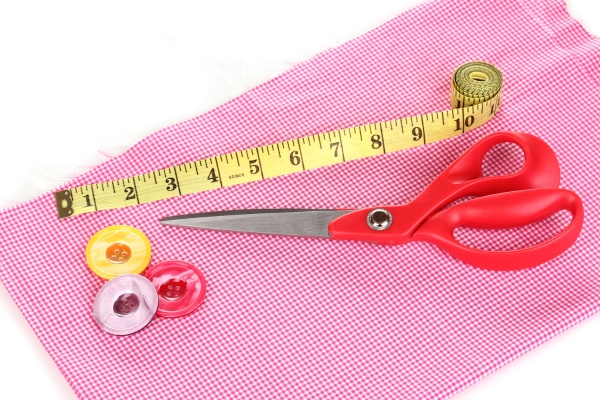
Once you have your fabrics, it’s time to measure and cut it to the desired size. Standard Crochet kitchen towels are usually around 16 x 28 inches, but you can customize the size to fit your needs. Use a ruler or measuring tape to mark the dimensions on the fabrics with tailor’s chalk or a fabric marker. Carefully cut along the lines using sharp fabrics scissors to ensure clean, straight edges. If you’re making multiple towels, repeat this process for each piece of fabric.
3. Prepare the Edges
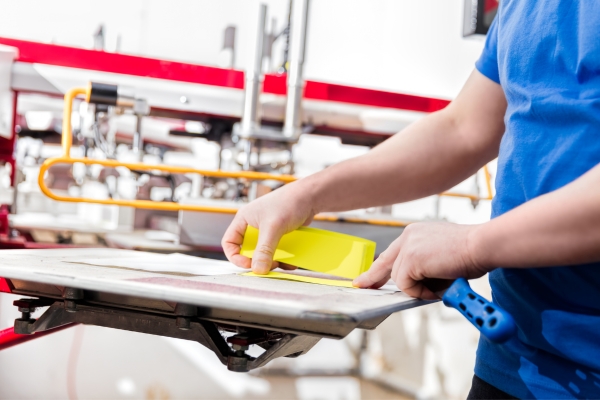
To prevent the edges of It from fraying, you’ll need to hem them. Start by folding the edges of the fabric over by about 1/4 inch and then folding them again another 1/4 inch to enclose the raw edge.
4. Pin the Edges
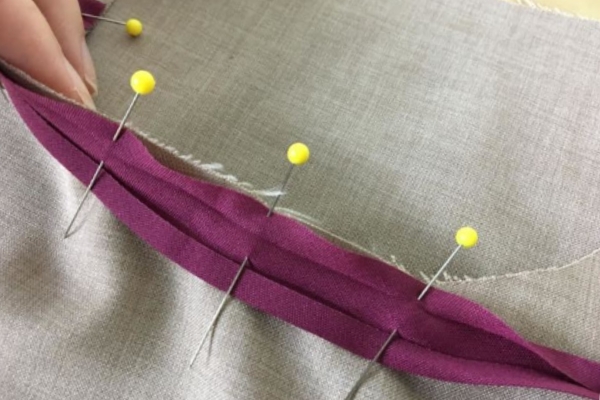
With the edges folded, pin them in place to keep the fabric secure while sewing. Use straight pins or fabrics clips, placing them every few inches along the edge. This will help ensure that the folds remain even and the fabrics don’t shift as you sew.
5. Sew the Edges

Now, sew along the pinned edges using a sewing machine or hand sew with a straight stitch. Sew close to the inner fold, making sure to catch both layers of the fold in the stitch. Remove the pins or clips as you sew to avoid damaging your sewing machine needle or creating uneven stitches. Be sure to backstitch at the beginning and end to secure the thread.
6. Finish the Corners
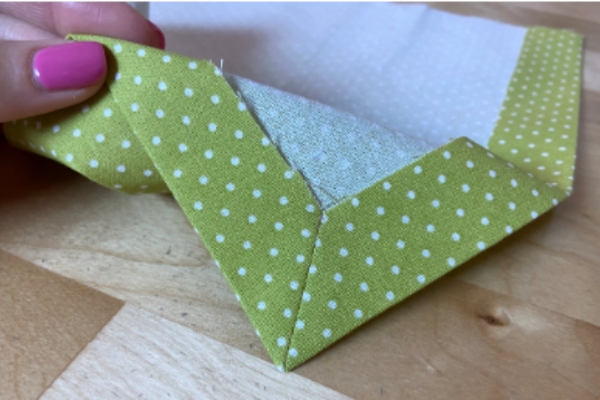
To give your towels a professional finish, pay special attention to the corners. When you reach a corner while sewing, stop with the needle down in the fabrics, lift the presser foot, and pivot the fabric 90 degrees before continuing to sew. This will create neat, mitered corners. If needed, trim any excess fabrics at the corners to reduce bulk before turning and pressing.
7. Press the Towel

The final step is to press It to give them a crisp, professional look. Use an iron set to the appropriate temperature for your fabrics (usually cotton or linen). Press the seams to set the stitches and smooth out any wrinkles. This will help your towels look their best and be ready for use in your kitchen. With these simple steps, you’ll have beautiful, homemade kitchen towels that are both functional and stylish.
8. Add Personal Touches
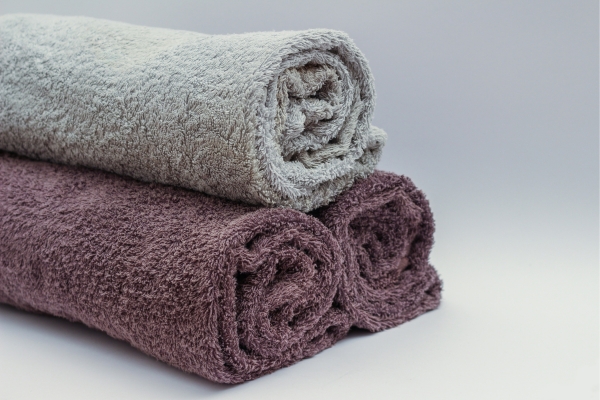
Adding personal touches to It can make them unique and special. Consider embellishing them with embroidery, fabric paint, or appliqué. You could stitch on a monogram, decorative trim, or even a fun pattern that matches your kitchen decor. Personal touches not only enhance the aesthetic appeal but also make your kitchen towels great gifts for friends and family.
9. Final Inspection
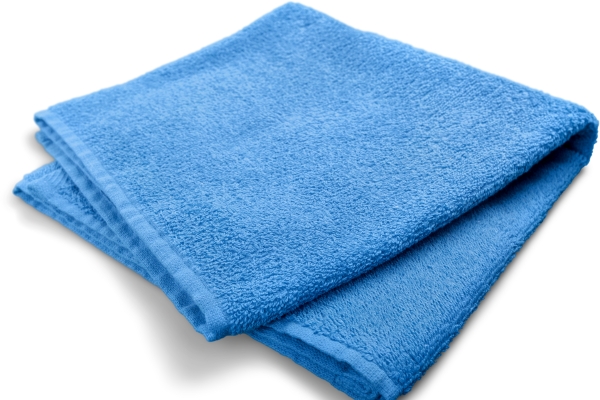
Before considering It complete, do a final inspection. Check all the seams to ensure they are secure and there are no loose threads. Make sure the fabric has been evenly hemmed and that the corners are neatly finished. A thorough final inspection ensures that your kitchen towels are of high quality and ready for use.
10. Wash and Use

After the final inspection, give It a thorough wash to remove any residues from the sewing process and to see how they hold up. Wash them in warm water with a mild detergent, and dry them thoroughly. Once washed, It are ready to be put to good use in your kitchen. Enjoy the satisfaction of using towels that you made yourself!
What Size Should Kitchen Towels Be?
The standard size for It is typically around 16 x 28 inches. However, you can adjust the size to suit your specific needs. Smaller towels, about 12 x 12 inches, can be handy for quick cleanups, while larger towels, around 18 x 30 inches, are useful for drying dishes and larger kitchen tasks. Choose the size that best fits your kitchen routine and storage space.
Conclusion
Making your own kitchen towels is a rewarding and practical DIY project that allows you to customize your kitchen essentials to your liking. By following these step-by-step instructions, you can create durable, stylish, and functional towels that add a personal touch to your kitchen. From choosing the right fabric to adding unique embellishments, each step ensures that your handmade towels are of high quality and ready to tackle everyday kitchen tasks. Enjoy the process and the finished product, knowing you’ve created something both beautiful and useful.
